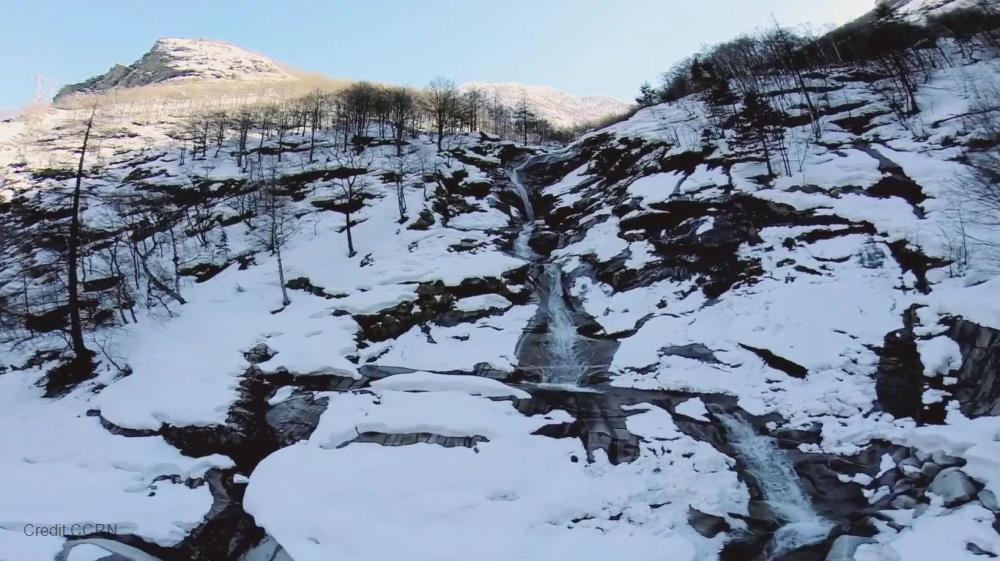
Related items loading ...
Section 1: Publication
Publication Type
Journal Article
Authorship
Day, N. J., Johnstone, J. F., Reid, K. A., Cumming, S. G., Mack, M. C., Turetsky, M. R., Walker, X. J., Baltzer, J. L.
Title
Material legacies and environmental constraints underlie fire resilience of a dominant boreal forest type
Year
2022
Publication Outlet
Ecosystems
DOI
ISBN
ISSN
Citation
Day, N. J., Johnstone, J. F., Reid, K. A., Cumming, S. G., Mack, M. C., Turetsky, M. R., Walker, X. J., Baltzer, J. L. (2022) Material legacies and environmental constraints underlie fire resilience of a dominant boreal forest type. Ecosystems.
https://doi.org/10.1007/s10021-022-00772-7 https://doi.org/10.1007/s10021-022-00772-7 Data publications
https://doi.org/10.5061/dryad.76hdr7sth &
https://doi.org/10.3334/ORNLDAAC/1561
Abstract
Resilience of plant communities to disturbance is supported by multiple mechanisms, including ecological legacies affecting propagule availability, species’ environmental tolerances, and biotic interactions. Understanding the relative importance of these mechanisms for plant community resilience supports predictions of where and how resilience will be altered with disturbance. We tested mechanisms underlying resilience of forests dominated by black spruce (Picea mariana) to fire disturbance across a heterogeneous forest landscape in the Northwest Territories, Canada. We combined surveys of naturally regenerating seedlings at 219 burned plots with experimental manipulations of ecological legacies via seed addition of four tree species and vertebrate exclosures to limit granivory and herbivory at 30 plots varying in moisture and fire severity. Black spruce recovery was greatest where it dominated pre-fire, at wet sites with deep residual soil organic layers, and fire conditions of low soil or canopy combustion and longer return intervals. Experimental addition of seed indicated all species were seed-limited, emphasizing the importance of propagule legacies. Black spruce and birch (Betula papyrifera) recruitment were enhanced with vertebrate exclusion. Our combination of observational and experimental studies demonstrates black spruce is vulnerable to effects of increased fire activity that erode ecological legacies. Moreover, black spruce relies on wet areas with deep soil organic layers where other species are less competitive. However, other species can colonize these areas if enough seed is available or soil moisture is altered by climate change. Testing mechanisms underlying species’ resilience to disturbance aids predictions of where vegetation will transform with effects of climate change
Plain Language Summary


 GWFNet
GWFNet Master
Master Data
Data Research
Research Map
Map
 Advanced
Advanced Tools
Tools
 . . .
. . .
 Metadata Editor
Metadata Editor
 Record List
Record List
 Alias List Editor
Alias List Editor
 Legacy sites
Legacy sites